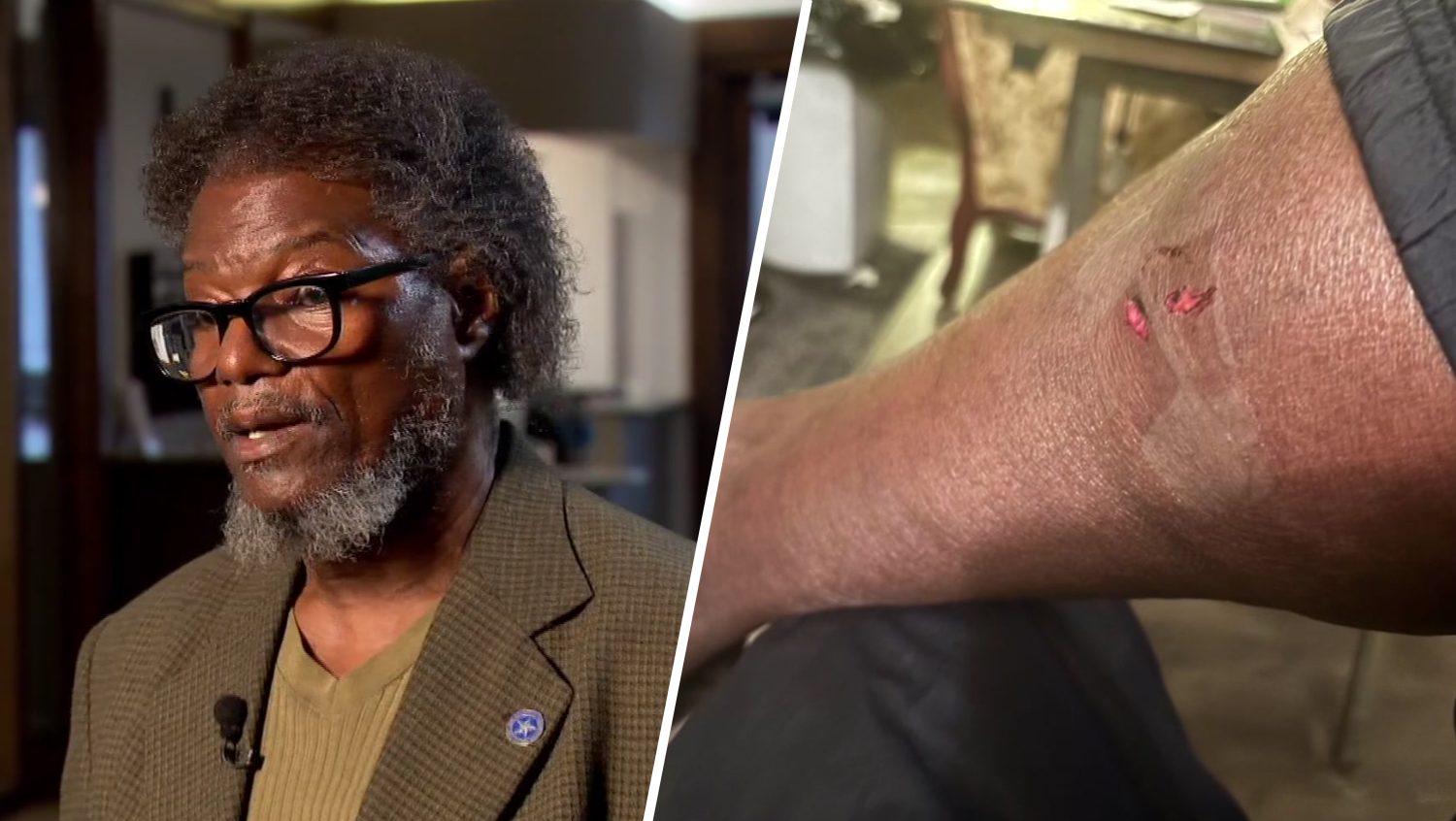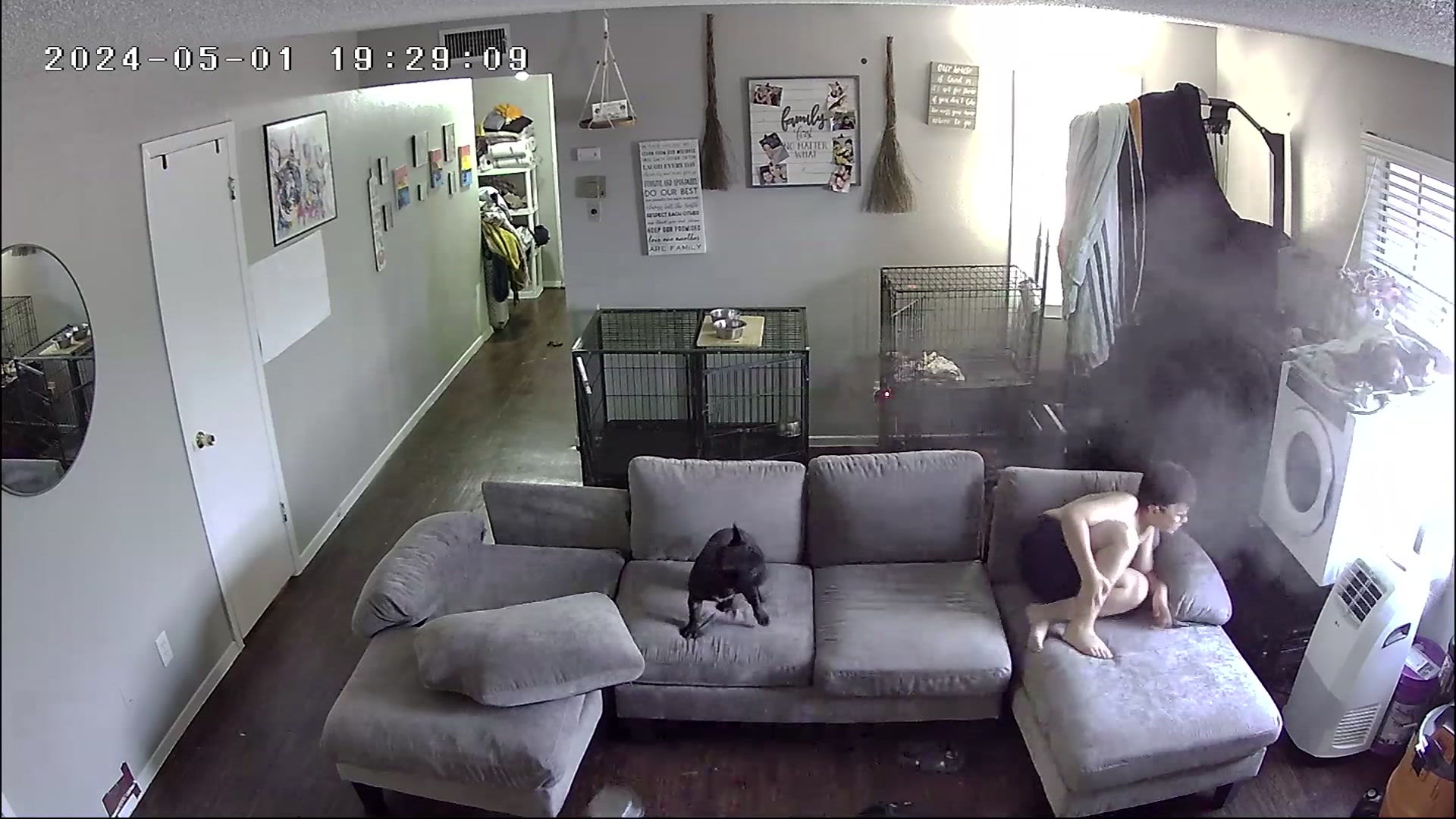You don't have to be a football fan to watch the Super Bowl. Over the years, the commercials have become just as big as the game itself.
Click here for a sneak peek from NBC at some of the commercials set to air this Sunday.
So what is the secret sauce to a successful Super Bowl Ad?
Dr. Rama Yelkur, the College of Business dean and marketing professor at Texas Woman’s University, is a nationally recognized expert on Super Bowl commercials.
Get DFW local news, weather forecasts and entertainment stories to your inbox. Sign up for NBC DFW newsletters.
“People are looking forward to the ‘Ad Bowl’ along with the Super Bowl every year,” she told NBC 5.
For nearly 25 years, Yelkur has hosted a research panel to study the ins and outs of every commercial for every single Super Bowl game.
What started as a fun "beat the winter semester doldrums" class project at her previous university in Wisconsin two decades ago has grown into a robust, data-rich enterprise that has positioned Dr. Yelkur as a niche consultant. Her research has become so well known that global brands like Kimberly Clark, Disney, Hormel Foods, the NFL and numerous networks have reached out to her for insight and guidance.
Local
The latest news from around North Texas.
Each year, she assembles a panel to watch the commercials, conduct real-time analysis, and assign likeability scores on whether an ad will fail to score a touchdown with consumers. She told NBC 5 that it all narrows down to some pretty basic but must-have factors.
“Humor, animals, kids, music, and celebrities to a certain extent depend on how you use them. These are all ingredients that making, make a winning Super Bowl commercial,” she said. "Humor is an enduring predictor of the success of a Super Bowl commercial and that hasn't changed in 25 years. So if you use humor and use it well, your commercial is going to be a hit."
For example, Budweiser, a longtime authority in Super Bowl commercials, sticks to the same themes of animals and tugging the heartstrings.
Yelkur's research is unique because of its longevity. In fact, when she started the project around the year 2000, she said it cost about $1.6 million for a 30-second commercial. Now in 2024, it's averaging about $7 million per 30 seconds – meaning companies are spending almost $30 million for a two-minute-long commercial.
Ad costs can vary depending on the placements around quarters of the football game. Every year, it can feel like rolling the dice, Yelkur explained.
“The very first commercial, the first break in the first quarter is the most expensive because people are tuned in, they're ready to watch. However, you're taking a gamble, right? When you pick the fourth quarter and the game is already decided, people are no longer watching – so then you made the wrong choice. Or you pick the fourth quarter and it went into overtime. So it is a bet.”
Some new companies Yelkur says are advertising during the Super Bowl for the first time ever include Nerds candy, Drumstick ice cream, the Popeyes chicken chain, and the social media app Snapchat. Apartments.com is another big spender and newcomer to the Super Bowl ad realm, which paid for three spots this year, Yelkur said.
Many companies are going all out on celebrity guest appearances and banking on nostalgia, like an ad featuring Aubrey Plaza and Nick Offerman reviving their characters from NBC's "Parks and Recreation" for a little nostalgia.
Anything with food is always a big draw, due to the culture around Super Bowl parties, she added.
“It is the second largest food consumption day after Thanksgiving in the United States. People are buying a lot of food so food is a theme and a concept. People are primed into it,” Yelkur said.
Other themes, Yelkur warns, can cause controversy or lose viewers' interest.
"I personally recommend that we stay away from politics, religion, all of that. However, people are not listening, you're still going to see some of that,” she said. “[Viewers] want to have fun, they want to watch the game together, they're watching in groups of four or more, and they want to laugh together. So you have an audience that's hyped for a certain type of commercial. They don't want to be bored, they want to be entertained.”
But some of the regulars you won't be seeing on TV this weekend are the big three automakers whose workers went on strike last year.
"And there's no particular reason they're staying out. Maybe that's their advertising budget this year. It could be related to the sentiment of the company and the people,” Yelkur said. "How the optics would look if they spent $7 million or $14 million on a Super Bowl commercial.”
Yelkur said attitudes changed after the COVID-19 pandemic – something advertisers have had to work on within the last few years. Another challenge is the big reveal during the game, which is almost impossible to do with social media and countless streaming channels.
"There are parallel channels emerging and with social media, it just is not the same Super Bowl or the Ad Bowl anymore. That was 20 years ago. That was one network, one channel where everybody's tuned in. But now, there are multiple ways of viewing it, there are ways of previewing it in advance which makes it different,” she said. “I'm conflicted about that. I would have liked to see the commercials for the first time on TV on the Super Bowl."
Another thing that we could see changing in the coming year is the use of artificial intelligence to help write commercials.
“AI, Chat GPT, and all of that is a trend. People are asking, is AI writing the commercials? And that's a risky proposition. People already know that,” Yelkur said. “So yeah, you can generate ideas through AI but you need your human creative people. The smart companies are going for that."



